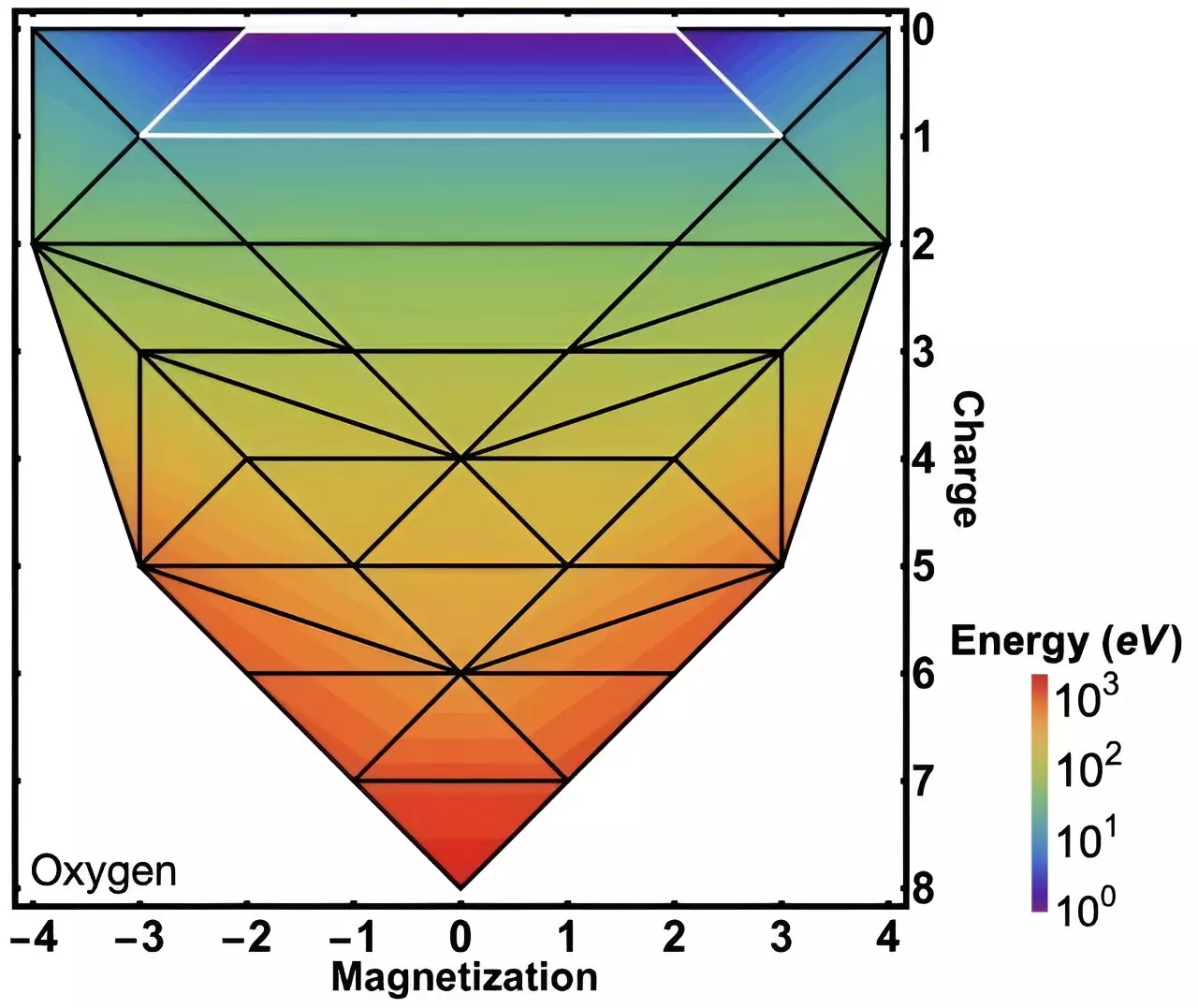In a remarkable convergence of theoretical inquiry and practical application, a team of physicists from Trinity College Dublin has unleashed a series of groundbreaking theorems in quantum mechanics, meticulously designed to unravel the intricate “energy landscapes” governing collections of quantum particles. These discoveries pave the way for unparalleled advancements in the simulation of materials, providing a roadmap to more accurate computational modeling. This foundational work not only addresses long-standing questions within the field of physics but also carries the potential to play a pivotal role in the evolution of green energy technologies.
The researchers, comprising Andrew Burgess, a Ph.D. candidate, Dr. Edward Linscott from the Paul Scherrer Institute, and Dr. David O’Regan, an Associate Professor at Trinity, delve into the changing energies of systems consisting of atoms, molecules, and even more exotic matter as conditions such as magnetic properties and particle counts shift. Their findings, recently published in the esteemed *Physical Review Letters*, take significant strides in solving an enduring challenge in computer simulations of matter—breaking new ground that could lead to the development of innovative materials aimed at enhancing sustainable technologies.
The Quest for Accurate Simulations
Computer simulations have matured into a crucial area of research over the past several decades, proving instrumental in the design and understanding of various materials. The equations of quantum mechanics, while effective in describing particle interactions at the atomic level, impose formidable challenges. The complexities involved often necessitate approximations, a practice that balances the quest for precision with the constraints of computational resources. Recent advancements highlight the need for robust methodologies that can maintain accuracy while minimizing resource demands—a critical aspect as researchers explore the potential of next-generation materials.
Burgess describes the genesis of this transformative work, revealing that his quest for the shape of the energy valley for simpler systems led him to a striking realization. While existing literature featured an abundance of graphical representations, they frequently fell short of exploring the complete terrain of this energy landscape. This unprecedented understanding, where quantum mechanical theorems elucidate two-electron systems like helium, fills a pivotal gap—enabling researchers to model complex quantum systems with unparalleled precision.
Mapping the Energy Landscape
Dr. O’Regan offers an insightful analogy to visualize the discoveries made by the team. He likens the energy landscape to a steep-sided valley, yet one characterized not by smooth curves but angular tiles reminiscent of pixelated graphics from vintage arcade games. Each dimension of movement within this valley—whether adjusting the number of electrons or shifting magnetic states—directly reflects energy changes in isolated collections of particles. Such a model emphasizes the interconnectivity of various quantum states, enhancing our understanding of the forces at play in chemical and physical reactions.
The implications of understanding this energy geography extend far beyond theoretical physics. Dr. Linscott emphasizes its practical relevance—by embedding this newfound knowledge into computer simulations, researchers can refine the search for advanced materials that could optimize solar energy collection or catalyze more efficient industrial processes. Every facet of energy landscapes, including their slopes and steepness, underscore foundational principles governing stability, interactions, and even the fluctuations of light and magnetic properties.
A Bridge Between Theory and Application
The symbiosis between theoretical advancements and practical applications is a hallmark of this research. Burgess shares his enthusiasm for this delicate interplay, where conceptual theories drive the creation of reliable simulation tools for complex materials, including those that do not exhibit magnetic properties. The broader context surrounding this work emphasizes that energy transactions occurring at the atomic level—such as those in battery operation—can be better understood when considered through the lens of these newly defined energy landscapes.
The potential ramifications of these breakthroughs are vast, particularly in the development of technologies that rely on renewable energy solutions. By enhancing simulations, researchers can innovate and iterate upon designs to create superior materials capable of more efficient energy conversion and usage—the cornerstone of sustainable practices in various industries, from energy generation to industrial chemistry.
The pioneering work conducted by the Trinity team signifies not just an academic victory in physics, but a substantial leap toward achieving practical solutions to some of society’s most pressing challenges. By unlocking the complexities of particle interactions and energy landscapes, this research not only enriches our understanding of quantum mechanics but also sows the seeds for future innovations that could reshape the landscape of green technologies.


Leave a Reply